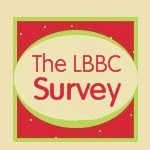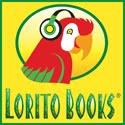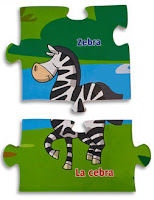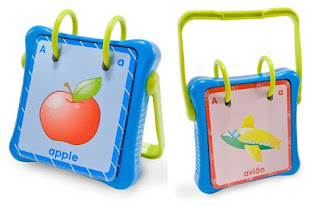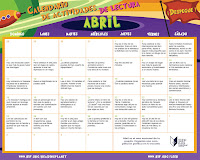¡Felicidades!
Today, all over the country, families and communities will be celebrating El día de los niños/El día de los libros and we are celebrating, too.
Let's remember that everyday should be a celebation of our children for the blessings that they are. For those of you looking for some ideas on how to celebrate this day, here are a few suggestions:
• Have your child pick out all of his or her favorite books and spend the afternoon snuggling on the couch or bed reading ALL of them....or as many as your child can sit still for!
• Make a surprise visit to your local library or bookstore to indulge in a few new titles. Or, to find out if there are any Día events scheduled for today near you, check out the ALA web site.
• Play the rhyming game every time you get in the car to go somewhere today.
• Break out the chalk and draw fantastical stories all over your sidewalks/driveways and then tell each other about them. Don't forget to take pictures!
• Get out the poster board, scissors and glue and help your child make a collage of her favorite books. Take pictures or find copies of the covers on-line and print them up in smaller sizes for your child to use.
• Visit illustrator/author Elizabeth O. Dulemba's page to download some free reading-themed coloring pages. She also has some activity pages to accompany several of her books including Soap, Soap, Soap/Jabón, jabón, jabón and Paco and the Giant Chile Plant/Paco y la planta de chile gigante.
• Learn the official Día song here.
• Send the children in your life a special Día e-card from Colorín Colorado. Or let them send one to all of your familia y amigos.
********NOTE: We would love to share your pictures on the LBBC, so please consider snapping a few of the ways in which your family celebrates Día or encourages literacy, and sending them in to us at admin [at] latinbabyusa dot com.
THE GIVEAWAY:
One of our sponsors, Lorito Books, is a company that supports developing second language literacy and promoting the beauty of Latino culture. And their high quality audiobooks are a valuable learning tool for bilingual families with young readers and second language learners. Each one is carefully chosen for its culturally relevant content and values.
We love these audio books and are happy to be able to offer one to you. Con mis oídos by Mariana E. Pellegrino is a beautiful story that teaches about all the wonderful sounds we can hear with our ears. It is lyrical in both its style and in its imagery. Spanish only, here is a snippet of my favorite passage...
Con mis oídos
escucho a los
pajaritos y sueño
que como ellos
puedo volar
por lugares
tan bellos
que dan ganas
de cantar.
Thank you to Lorito Books for providing us with a copy to review and share con vosotros.
To enter this giveaway, simply leave a comment on this post. The deadline to enter is Friday, May 7th. The winner will be chosen using Random.org. and announced next Saturday, May 8th.
And to increase your chances of winning, tweet about this giveaway and include a link to your tweet.
Don't forget to let us know by posting a separate comment for each entry!
¡Buenas suerte!
Contest is now closed. Felicidades to Adriana!


